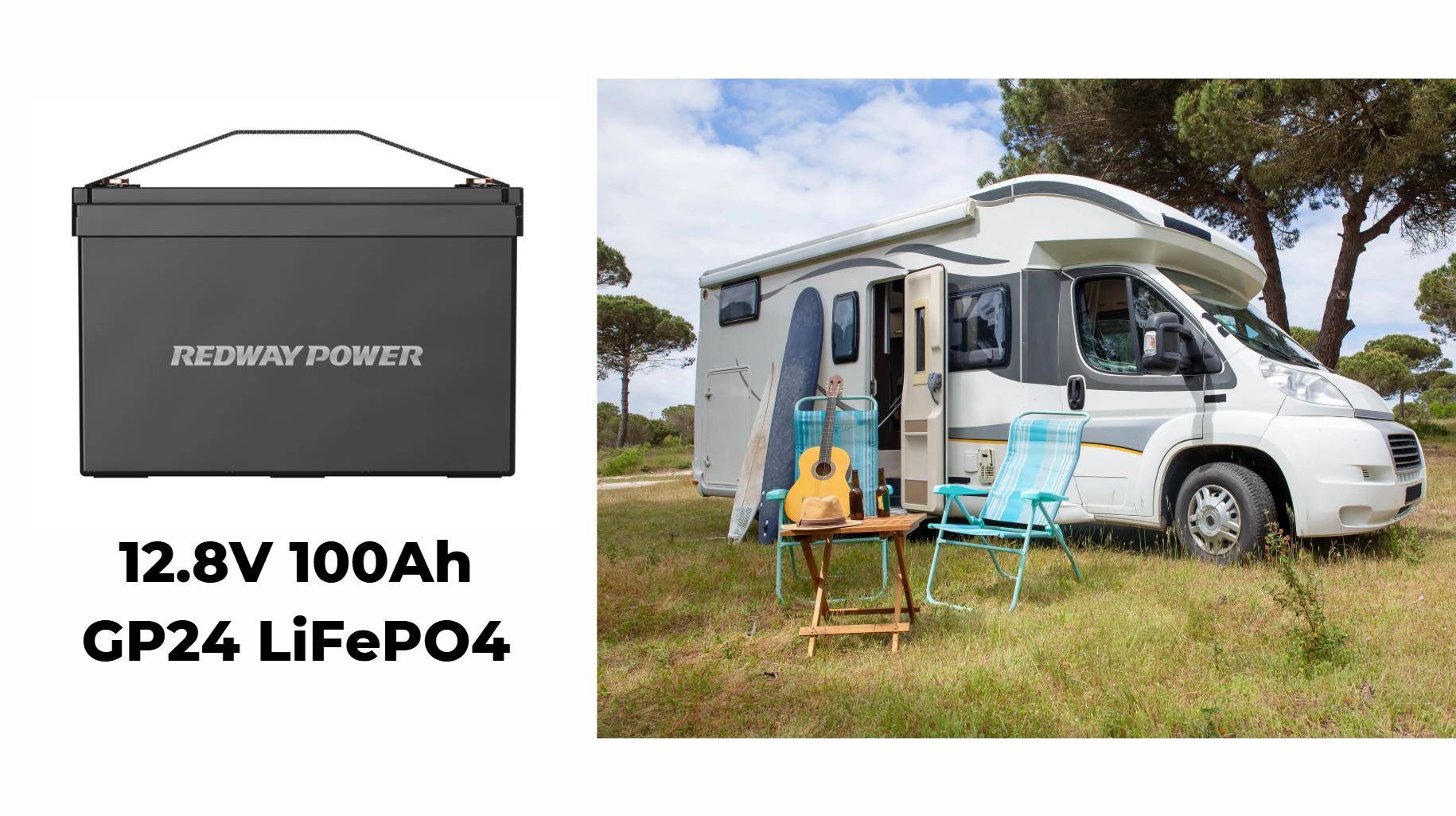
Blog
How do Group 24 and Group 34 batteries differ in specifications?

Understanding the differences between Group 24 and Group 34 batteries is essential for selecting the right battery for your vehicle. These two battery types have distinct specifications, performance metrics, and applications that can impact their effectiveness. In this article, we will explore how these batteries differ in specifications, their performance characteristics, suitable applications, and more.
How do Group 24 and Group 34 batteries differ in specifications?
Group 24 and Group 34 batteries are classified by their physical dimensions and terminal configurations.
- Group 24: Typically measures approximately 10.25 inches in length, 6.81 inches in width, and 8.88 inches in height. They usually weigh around 40-50 lbs.
- Group 34: Slightly smaller, measuring about 10 inches in length, 6.75 inches in width, and 7.5 inches in height. The weight is generally around 30-40 lbs.
These differences can affect fitment in various vehicles, making it essential to choose the correct group size for your specific application.Specifications Comparison Chart
| Specification | Group 24 | Group 34 |
|---|---|---|
| Dimensions | Approximately 10.25 x 6.81 x 8.88 inches | Approximately 10 x 6.75 x 7.5 inches |
| Weight | About 40-50 lbs | About 30-40 lbs |
What are the performance metrics of Group 24 and Group 34 batteries?
Performance metrics such as Cold Cranking Amps (CCA) and Reserve Capacity (RC) are critical when comparing these two battery types:
- Cold Cranking Amps (CCA): This metric indicates how much current a battery can deliver at low temperatures. Generally, Group 34 batteries have higher CCA ratings, often ranging from 700 to over 850 CCA, while Group 24 typically ranges from 550 to around 750 CCA.
- Reserve Capacity (RC): This measures how long a battery can run on its own power without being charged. Group 24 batteries usually offer a higher RC, typically around 100 minutes, compared to Group 34’s 60 to 90 minutes.
These performance metrics help users determine which battery will best meet their needs based on their vehicle’s requirements.Performance Metrics Chart
| Metric | Group 24 | Group 34 |
|---|---|---|
| Cold Cranking Amps | Typically between 550-750 CCA | Typically between 700-850 CCA |
| Reserve Capacity | Generally around 100 minutes | Generally around 60-90 minutes |
Which applications are suitable for Group 24 and Group 34 batteries?
Both Group 24 and Group 34 batteries have versatile applications but may be better suited for specific uses:
- Group 24 Applications:
- Commonly used in larger vehicles requiring more starting power.
- Suitable for marine applications due to higher reserve capacity.
- Often used in RVs where space allows for larger batteries.
- Group 34 Applications:
- Ideal for mid-sized cars, trucks, SUVs, and boats.
- Frequently used where space is limited but high performance is needed.
- Effective for both starting engines and powering accessories.
Understanding these applications can help consumers select the appropriate battery type for their specific needs.Applications Chart
| Battery Type | Suitable Applications |
|---|---|
| Group 24 | Larger vehicles, marine applications |
| Group 34 | Mid-sized cars, trucks, compact spaces |
Why is understanding battery technology important?
Understanding battery technology is crucial because it helps consumers make informed decisions based on their energy needs and vehicle compatibility. Knowing the differences between lead-acid and AGM technologies can influence choices regarding maintenance requirements, lifespan expectations, and overall performance.For example, AGM batteries like some models of the Group 34 offer better vibration resistance and faster charging times compared to traditional flooded lead-acid batteries found in many Group 24 options.Battery Technology Importance Chart
| Aspect | Importance |
|---|---|
| Technology Type | Determines performance characteristics |
| Maintenance | Affects long-term care requirements |
| Lifespan | Influences replacement frequency |
Can I interchange Group 24 and Group 34 batteries?
Interchanging these two battery types is not generally recommended unless your vehicle’s design accommodates both configurations. Using a battery with incorrect terminal placement or size can lead to poor connections or damage to electrical components. Always consult your vehicle’s manual or a professional before making such changes.
Expert Opinions
“Choosing the right battery group is essential for optimal vehicle performance,” says an automotive expert. “Understanding the specifications of both Group 24 and Group 34 batteries allows consumers to select the best option based on their specific needs while ensuring compatibility.”
Conclusion
In conclusion, understanding the differences between BCI Group 24 and Group 34 batteries is essential for making informed decisions regarding automotive power needs. By considering specifications such as dimensions, performance metrics, suitable applications, and technology types, consumers can select the most appropriate battery type for their vehicles.
FAQ Section
- What is the main difference between a Group 24 and a Group 34 battery?
The main difference lies in their dimensions and cold cranking amps; Group 34 typically has higher CCA ratings. - Which battery group is better for marine use?
Group 24 is often preferred due to its higher reserve capacity. - Can I use a smaller battery if my vehicle requires a larger one?
It’s not recommended as it may lead to insufficient power supply or damage to electrical systems. - How can I determine which battery group my vehicle needs?
Check your vehicle’s manual or consult with a dealer for recommendations based on your specific model.



